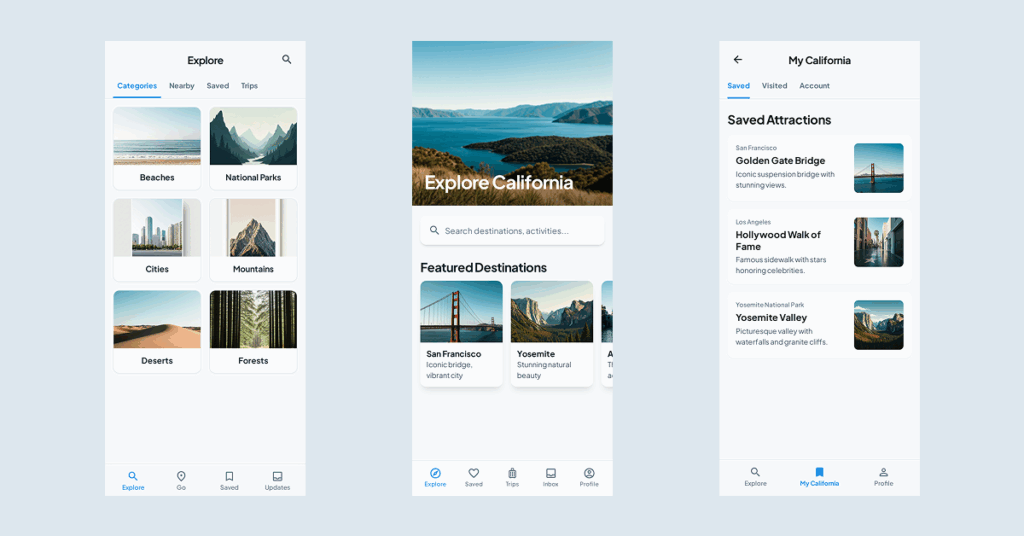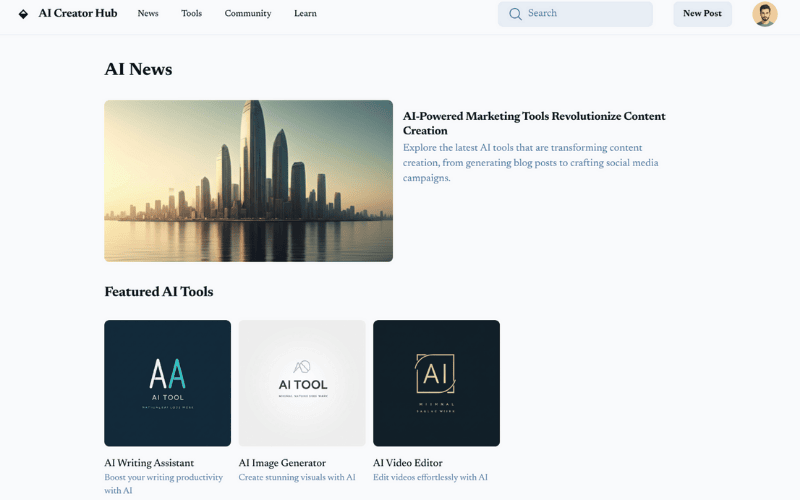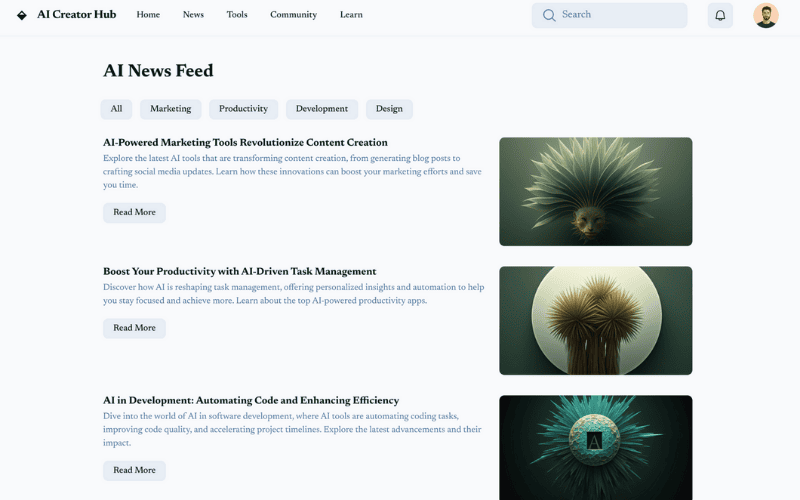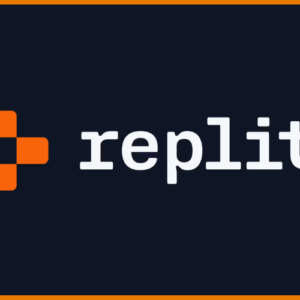Google Unveils Stitch AI
Google recently launched Stitch, and it’s proving to be a formidable contender in the world of UI design. What is Stitch? It is a new AI-powered tool for UI/UX design, in direct competition with platforms such as Figma, Replit, and V0. It is an experimental tool from Google Labs and one of the innovations presented by Google at Google I/O 2025 on the 20th of May 2025. It uses Gemini 2.5 Pro’s multimodal capabilities to bridge the typically labour-intensive gap between design concepts and functional code.
Before now you had to pay hundreds and thousands of $ to get a design that create a wireframe or UI/UX for your website or mobile application idea. That’s a thing of the past now with platforms like Stitch that is currently totally free.

Image Source: Google
Seamlessly Connecting Design and Development
Creating outstanding applications has always required close collaboration between designers and developers. Designers build user-friendly interfaces, while developers turn these concepts into functional code. Historically, this approach necessitated much physical labour and back-and-forth communication.
Stitch directly tackles this issue by enabling users to convert simple text prompts and image inputs into complex UI designs and frontend code in a matter of minutes. Currently in beta, the tool represents a huge step in streamlining the app creation process.
Natural Language UI Generation
One of Stitch’s most powerful features is its ability to create user interfaces from natural language descriptions. Users can describe their ideal application in simple English, including specifics such as colour palettes or expected user experiences. The AI then creates a visual interface based on these specifications.
For example, we recently used Stitch to create a sample UI/UX for aitugo.com, using this straightforward prompt: “design a gamified ai news and ai tools for solo creators and business owners magazine forum”
See the result delivered below.


From Sketches to Functional Designs
Beyond text prompts, Stitch can also transform visual inputs into polished digital interfaces. Users can upload design sketches from whiteboards, screenshots of compelling UIs, or rough wireframes. The tool processes these images to produce corresponding digital UIs, effectively bridging initial visual concepts to functional designs.
Beyond text prompts, Stitch can also convert visual inputs into digital interfaces. Users can submit design doodles from whiteboards, screenshots of appealing UIs, photos or rough wireframes.
This capability proves particularly valuable for creators and designers who prefer to start their creative process with hand-drawn sketches or who want to draw inspiration from existing interfaces.
Rapid Iteration and Design Exploration
Design is fundamentally iterative, and Stitch makes it easier by allowing users to create many versions of their interfaces. Designers and developers can experiment with various layouts, components, and styles to create the desired appearance and experience.
This rapid iteration feature dramatically speeds up the design exploration process, allowing teams to swiftly assess many ideas before committing to a single direction.
Seamless Transition to Development
Once a design is finalized, Stitch provides crucial bridges to the development workflow. The generated designs can be seamlessly pasted to Figma for further refinement, collaboration with design teams, and integration into existing design systems.
Born from Collaborative Needs
According to Google’s announcement, “Stitch was born of an idea between a designer and an engineer, both looking to build a product that optimized their respective workflows.” This origin story reflects the tool’s purpose: to create a more fluid and integrated workflow between design and development teams.
One feature that we really like is the ability for designers to connect Stitch with Figma for further editing. If you ever want to make further changes or adjustments to your design within Stitch, you can do so too by interacting with the AI via its interactive chat interface, which is easy to use.
Competitive Landscape
The UI design market is a very competitive one, with old players like Figma and new ones like Replit and V0 competing fiercely for relevance and market share. However, by leveraging Google’s advanced AI capabilities and focusing specifically on the design-to-code transition, Stitch carves out a distinct position in this space.
The tool also complements Google’s existing Gemini Code Assist, providing a more comprehensive solution for teams working on application development.
Availability and Future Directions
Stitch is now accessible as a beta experiment via Google Labs at stitch.withgoogle.com. As part of Google’s overall AI plan, which was introduced at I/O 2025, the tool demonstrates the company’s continuous commitment to using artificial intelligence to optimize creative and technical workflows.
For creators, designers and developers looking to accelerate their UI creation process, Stitch offers another promising new approach that could significantly reduce the time and effort required to bring application ideas to life.
Have you tried Stitch? Would you like to try it? It makes sense to give it a try and then let us know what you think.











